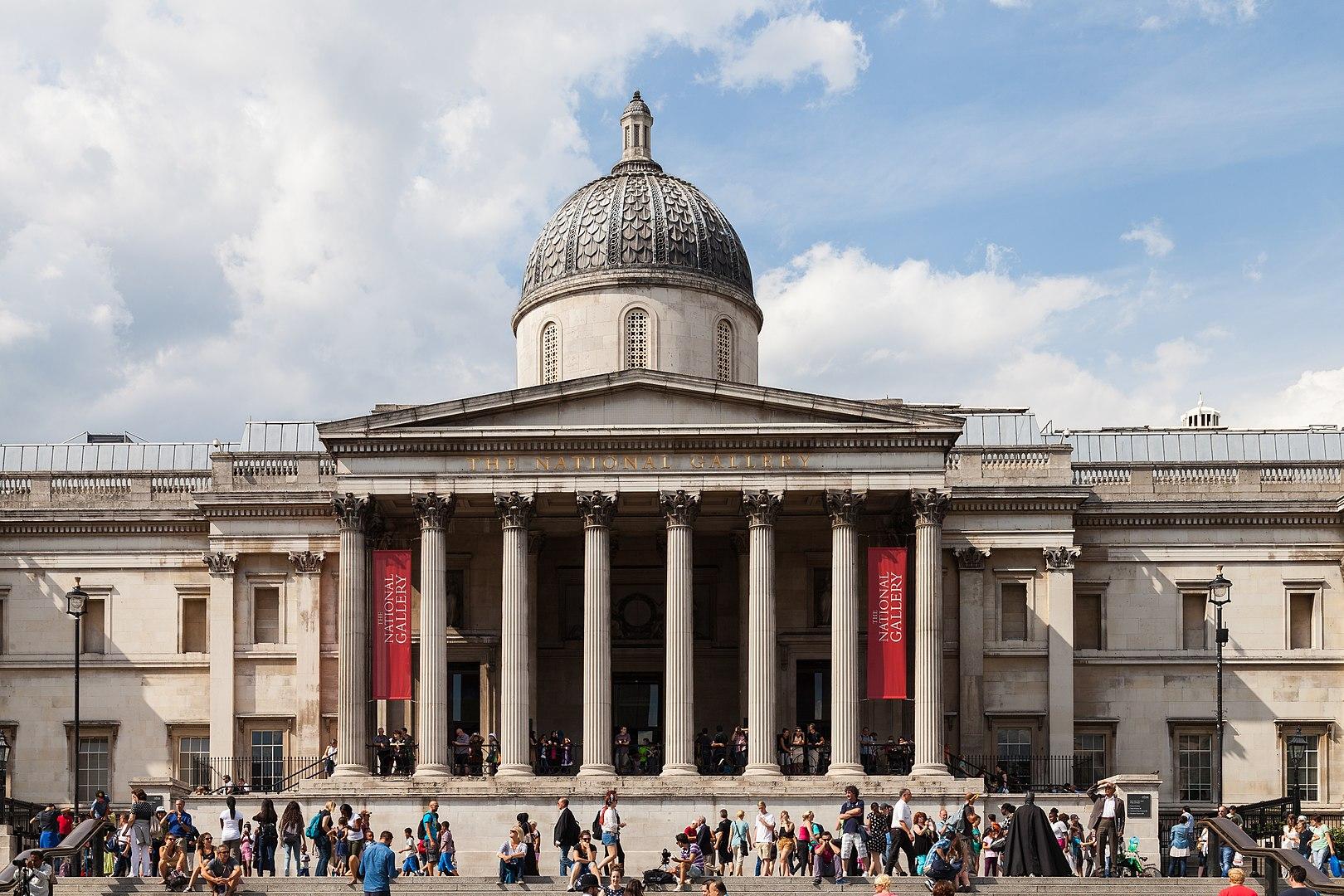
wikimedia commons
In the middle of Trafalgar Square in downtown London, the National Gallery sits, with a main collection on display that is owned by the British people. Thus, entry to the main collection is free.
As of 2019, the National Gallery was the seventh-most visited museum in the world. Here are ten interesting facts to take you inside history of the illustrious museum and its collection.
1 of 10
wikimedia commons
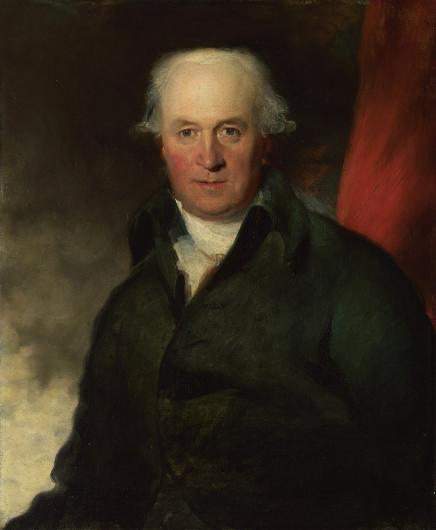
John Julius Angerstein, painted by Thomas Lawrence, c. 1790
Though calls for a national art gallery originated decades early, one was not formed in Britain until a collection of thirty-eight paintings was bought by the House of Commons from a recently deceased collector named John Julius Angerstein, a Russian-born banker based in London. The collection was purchased for £57,000.
The sale had the added bonus of a donation from Sir George Beaumont, who gave sixteen more paintings on the condition that the House of Commons did, in fact, buy Angerstein’s collection, and that a suitable building was found. For ten years, the collection—and the gallery itself—was housed at Angerstein’s former residence at 100 Pall Mall, London.
2 of 10
wikimedia commons
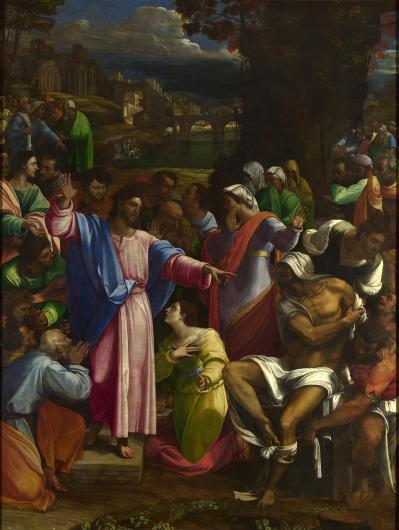
Sebastiano del Piombo, The Raising of Lazarus, 1517-1519.
The National Gallery’s first catalogued painting—dubbed NG1—was The Raising of Lazarus by Sebastiano del Piombo. Sebastiano was active during the high renaissance period in Italy and counted Michelangelo amongst his close friends for a period of twenty years. The two were close enough that Sebastiano named Michelangelo godfather of his first son.
3 of 10
wikimedia commons, Diego Delso

During the early years of the National Gallery (1824-1838), few art critics took it seriously due to its relatively cramped quarters. The press wrote disparagingly of the gallery, comparing it to the Louvre, which had opened in Paris in 1793, and was light years ahead in terms of a collection and building.
In 1831, the House of Commons voted to open a new building, the site of which was the subject of much debate. It was ultimately decided that it should be built in Trafalgar Square, which was, at the time, situated between two vastly different socioeconomic neighborhoods. That was intentional, it is said, as the government wanted citizens of all walks of life to be able to access the museum. The site was also as close to the center of London as one could get. Nearly 200 years and many additions later, the building still stands in the same location.
4 of 10
wikimedia commons
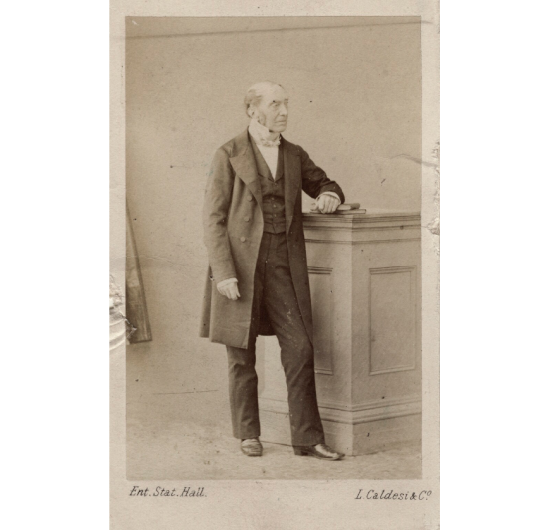
Even after the new building opened, the museum fell into a static and neglected state, and did not acquire any new paintings between 1847 and 1850. A report by the House of Commons in 1851 detailed many of the museum’s operational flaws and called for the appointment of a director.
Having worked at the gallery in different capacities for several years on and off, Sir Charles Lock Eastlake was named the National Gallery’s director in 1855. As President of the Royal Academy, Eastlake had strong relationships with the royal family, as well as many of the most knowledgeable art aficionados in the country.
Eastlake is credited with energizing the gallery’s collection, acquiring over 150 pieces during his tenure, and diversifying the range of painters that were on display.
5 of 10
wikimedia commons
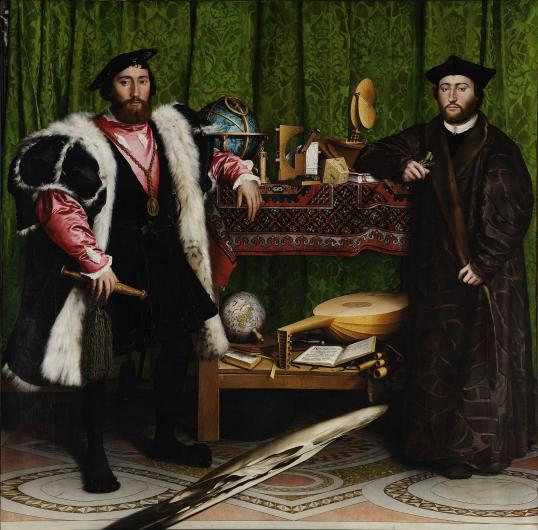
After a pair of expensive but notable acquisitions in 1887, the Gallery’s government-funded purchasing grants dried up. In 1890, the Gallery teamed up with private collectors in acquiring The Ambassadors (1533), by Hans Holbein the Younger, making it the first time the National Gallery had utilized private funds to add to its collection.
6 of 10
wikimedia commons
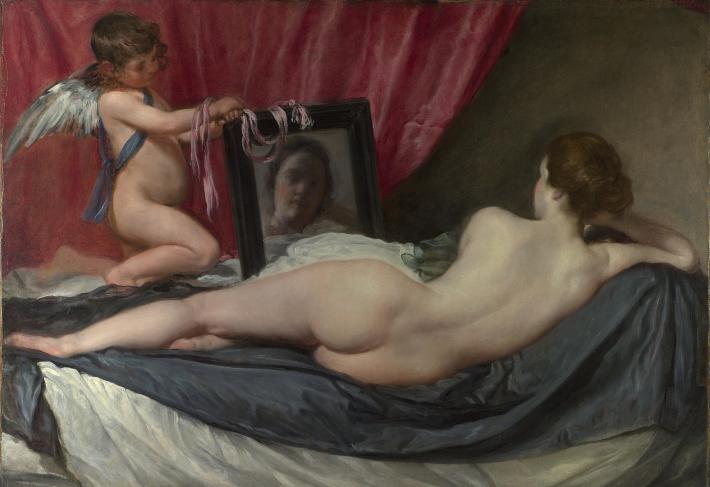
At the turn of the twentieth century, Britain was dealing with an agricultural crisis that led to a depression the country would not recover from until after the Second World War. As a result, many British families were forced to sell off art collections, and Americans, among others, were all too happy to buy the works at discounted rates. Because the government had trouble justifying spending money on art while its citizens suffered economically, the National Gallery did not offer much competition in seeking to buy the art.
As a result, the National Art Collections Fund was formed as an independent charity to help the government acquire works of art and keep them in the country. Since its foundation in 1903, the fund has helped the National Gallery add thousands of works to its collection, including Diego Velazquez's Rokeby Venus (1644).
7 of 10
wikimedia commons
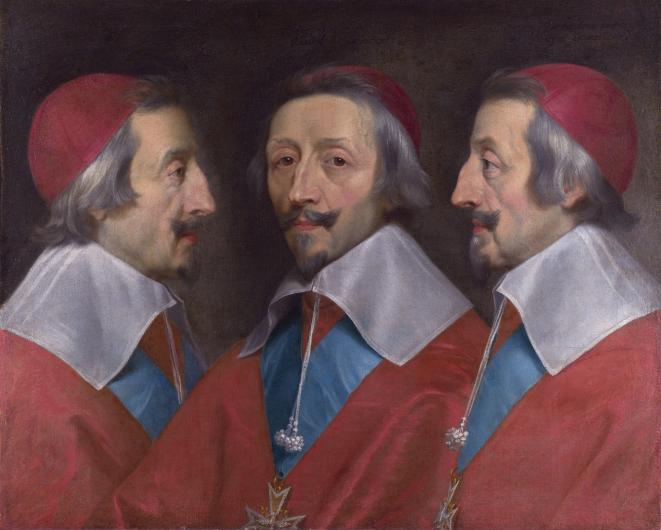
Triple Portrait of Cardinal de Richeleu (c. 1642) by Phillippe de Champaigne was one of many paintings stored in an underground quarry during World War II.
World War II had massive implications for the National Gallery, as its employees and the government at-large worked to ensure paintings would be secure if and when the Nazis attacked London. After Germany’s invasion of France in 1940, the Brits began moving the National Gallery’s collection to an unlikely place: a slate quarry in Northern Wales.
Because of the damp conditions inside the quarry, a primitive air conditioning system was set up to help protect the paintings. It worked so well that at the end of the war the National Gallery built its first air-conditioned gallery.
8 of 10
National Gallery

English concert halls were closed during World War II as they were assumed targets of Nazi bombings, making entertainment scarce for British citizens during wartime. As the gallery sat empty and unused, a pianist named Myra Hess rose to fame by organizing and performing midday concerts in the gallery, Monday through Friday, for six and a half years. Citizens flocked to the shows, which were performed even sometimes when attacks were being waged on the city—the performers would simply move to a secure room somewhere in the museum.
9 of 10
wikimedia commons, Richard George
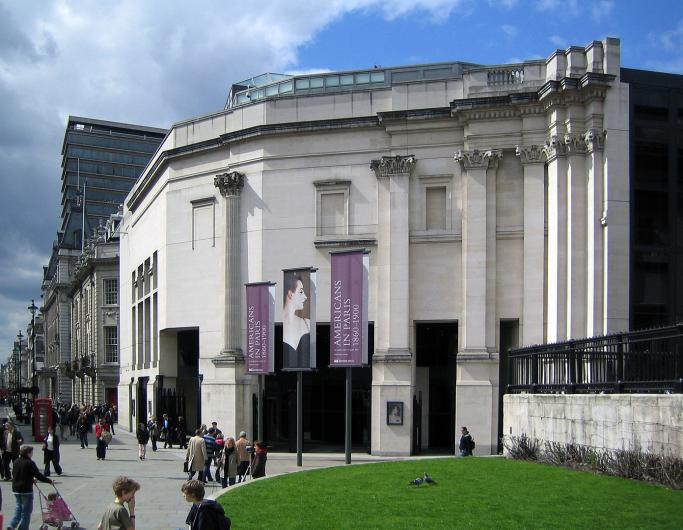
The site of a former furniture shop next to the National Gallery that had stood vacant since World War II was commissioned as a new wing of the museum when, in 1985, Lord Sainsbury of Preston Candover and his three brothers agreed to finance the construction.
After construction was completed, the Gallery encompassed over 46,000 square meters of floor space, or as the Gallery’s website puts it, the “equivalent to around six football pitches. [The Gallery] would be big enough to hold over 2,000 London double-decker buses.”
Still, the Gallery is not as large as the Louvre (around 60,000 square meters of floor space) and pales into comparison to the Metropolitan Museum of Art, which checks in at about 180,000 square meters.
10 of 10
wikimedia commons
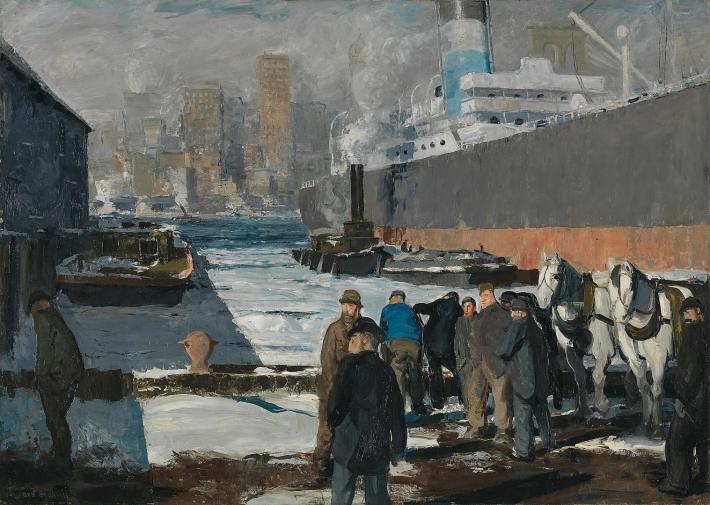
A collection of George Bellows' works was the first American art purchased by the National Gallery.
Today, the National Gallery is home to over 2,300 works that range from Da Vinci to Van Gogh, Botticelli to Monet. It ranks third in England in museum attendance per year, and seventh in the world, attracting over 6 million visitors in 2019.
Though some call the building out-of-date, or lacking in comparison to some rival museums of its stature, the collection itself is on par with those same museums—the National Gallery of London is a true must-visit for all lovers of art.
About the Author
Charlie Pogacar
Charlie Pogacar is the Custom Content Associate Editor at Journalistic, Inc. He lives in North Carolina with his wife, Abby, and boxer pup, Frankie.























